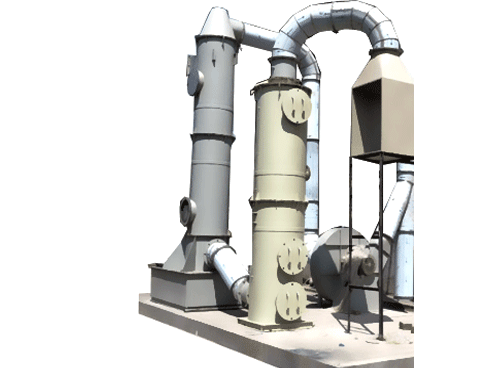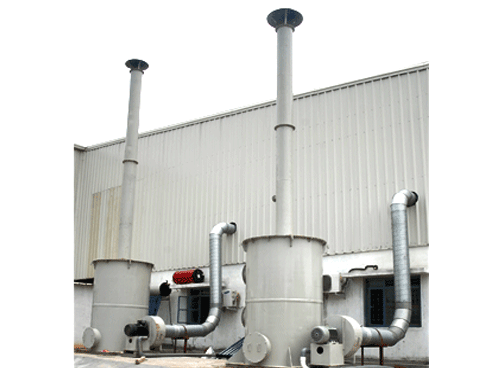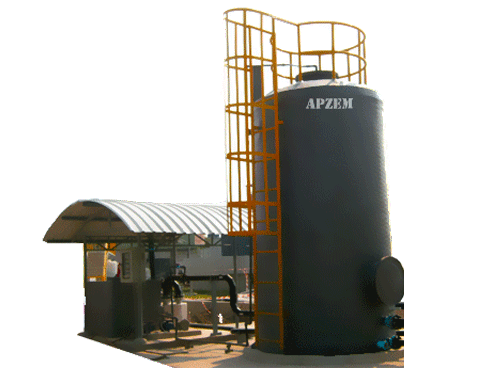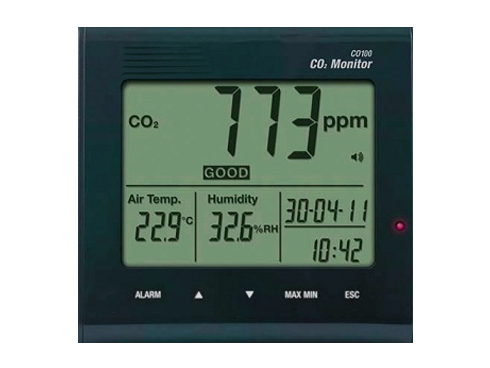High pollution cuts most Indian lives short by 3 years
High pollution cuts most Indian lives short by three years
India's filthy air is cutting 660 million lives short by about three years, according to research published Saturday that underlines the hidden costs of the country's heavy reliance on fossil fuels to power its economic growth with little regard for the environment.
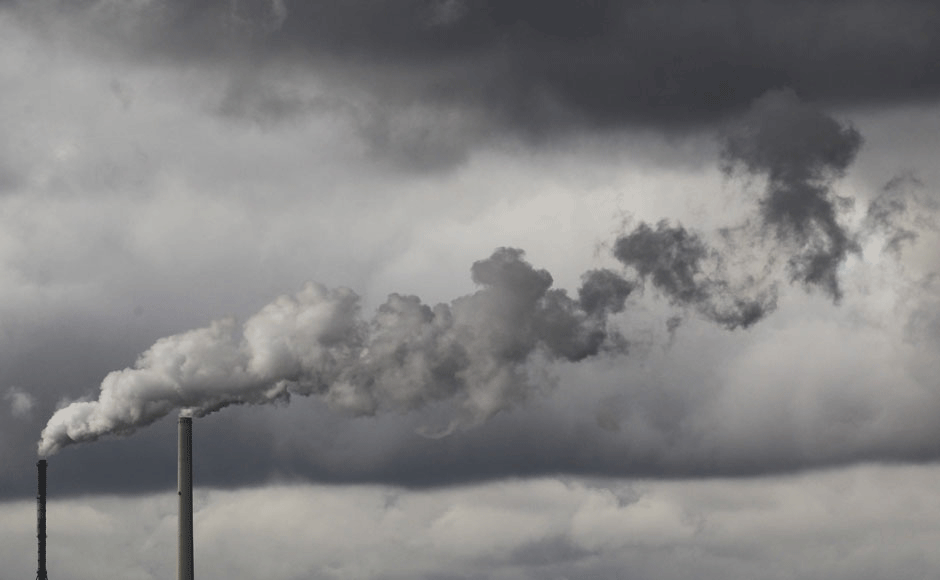
While New Delhi last year earned the dubious title of being the world's most polluted city, India's air pollution problem is extensive, with 13 Indian cities now on the World Health Organization's list of the 20 most polluted. That nationwide pollution burden is estimated to be costing more than half of India's population at least 3.2 years of their lives, according to the study, led by Michael Greenstone of the University of Chicago and involving environmental economists from Harvard and Yale universities. It estimates that 99.5 per cent of India's 1.2 billion people are breathing in pollution levels above what the WHO deems as safe. The study co-authors, who include Nicholas Ryan of Yale University; Janhavi Nilekani and Anish Sugathan of Harvard; and Anant Sudarshan, director of EPIC’s India office—offer three cost-effective policy solutions that would decrease India’s pollution. One initial step would be for India to increase its monitoring efforts and take advantage of new technology that allows for real-time monitoring. Intermittent sampling of plants taken once or twice a year is not enough to identify violators, the authors wrote. Further, there is not enough pollution monitoring stations for the public to learn about ambient concentrations. As one point of comparison, Beijing has 35 monitoring stations, while the Indian city with the most monitoring stations, Kolkata, has only 20. The authors argue increased monitoring would put more pressure on polluters to comply with existing regulations. While the government has taken important steps to improve monitoring, there is room for further expansion. The authors added that a greater reliance on civil rather than criminal penalties would instill a “polluter pays” system that would provide polluters with an incentive to reduce pollution. India’s flagship environmental laws, the authors wrote, are built on an outdated criminal system with draconian penalties such as imprisonment or industry closure. Because these penalties are so severe, they are difficult to enforce. Building on more rigorous monitoring and financial penalties, the authors suggest India should begin to adopt a market-based approach toward regulating emissions, like an emissions trading system. Such an approach has been proven to reduce pollution at the lowest possible cost, making it compatible with the continued economic growth that is vital for India’s future. “We used the relationship between particulates and life expectancy estimated in the China study and applied it to the Indian levels of air pollution to produce our central estimate of about three years reduction in life expectancy. We also compared this to estimates from other studies that say something about life expectancy reductions or infant mortality and reported those results in the paper. The general message of high health costs remains unchanged”





